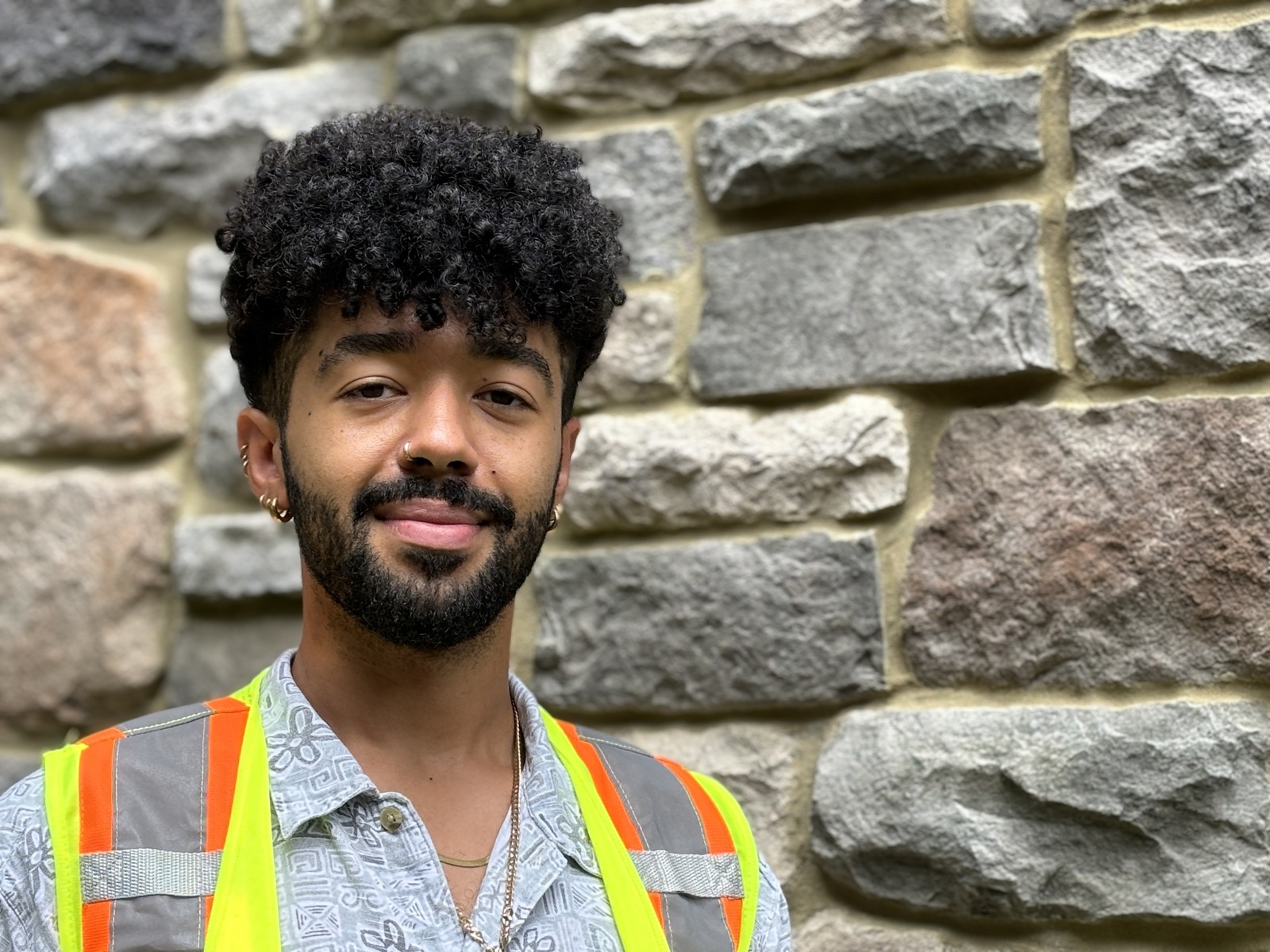
Jaye Hoyte Hayes is a first year Master of Landscape Architecture student at the University of Pennsylvania. He received his Bachelor of Urban Planning from Columbia University, and Master of Urban Planning from Georgetown University–with a concentration in sustainable urban Infrastructure. Jaye is particularly interested in the methodology and development of novel environmental restoration methods, especially as civic infrastructure and environmental restoration overlap in urban areas.
As a DC native and longtime Chesapeake Bay fan, I’ve always been excited to bring ecology, hydrology, and sustainability into my academic and professional practice! But as an urban planner, the ecological features within many American cities are far smaller and less diverse than areas which have been preserved outside their boundaries.
This internship has been the most exciting opportunity I’ve ever had to explore the Bay, especially being guided by Biohabitats team members who are incredibly knowledgeable about the natural features of the region.
Gaining experience with environmental surveys, analysis, and engineering within more complex natural spaces–and learning different strategies for addressing the pressures they face–has given me the opportunity to consider how native ecologies may fit within more developed urban contexts. Further, the internship gave me extensive chances to develop my GIS and visual designs skills as a part of work for Anne Arundel and Howard County, Maryland environmental monitoring projects.

While exploring the Bay region, I also had the chance to focus on Baltimore, Maryland, and particularly how its history has shaped landscapes of economic and structural deterioration. During neighborhood tours and community engagement exercises with Tanaira Cullens (Environmental Scientist; Program Coordinator) I was especially interested in the abundance of vacant lots in the city, and the geographic, social, and infrastructural contexts they fit into.
My final project of the internship used GIS suitability analyses to identify the intersection of vacant lots and environmental and infrastructural network gaps; ‘ecological forensic’ analysis to determine pre-urban ecologies within Baltimore; and finally historic preservation methods to integrate existing cultural and structural histories into restorative ecology and stormwater management practices on site.
This Biohabitats internship was during a crucial junction in my transition from urban planning to landscape architecture, and the ecological and engineering knowledge I was exposed to will undoubtedly influence both my work and my interests as I pursue an education, and further, career in the sustainable-design world!
